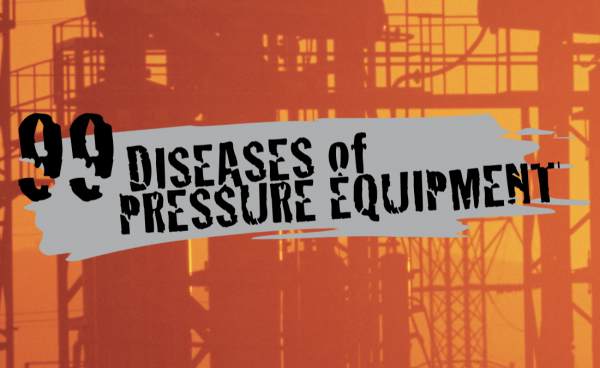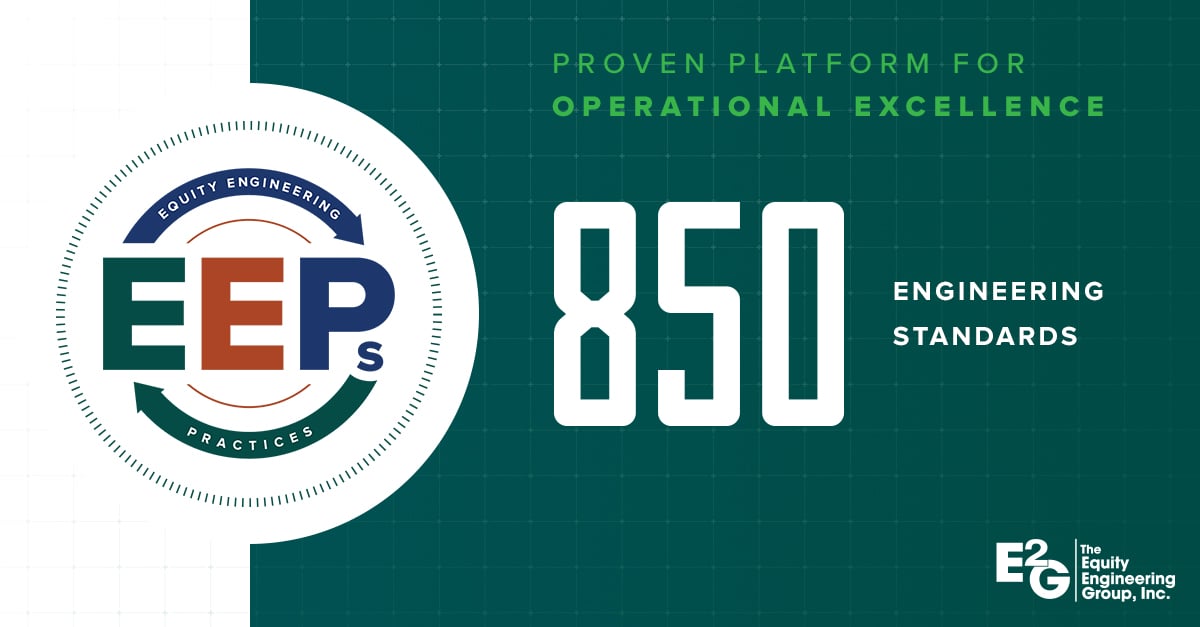Problems with naphthenic acid corrosion (NAC) are nearly as old as the refining industry. The first paper on the topic that I knew about was written by one of my early industry supervisors over 40 years ago. So, one might expect that at this point we would know most of what there is to know about NAC. Wrong! We’re learning more each passing year (largely initiated by practical experience with higher operating severities). Different crudes and different process cuts behave differently depending upon Total Acid Number (TAN), actual organic acid content, temperature, sulfur content and stream velocity. Some companies are experiencing NAC downstream of the long known NAC havens in crude and vacuum flasher units (VFU), especially in various streams in Delayed Coking Units. In several process streams, the old rule of thumb limits of 0.50 TAN and temperatures above 425 F (218 C) before you have significant NAC problems don’t seem to apply any more. Some low sulfur crudes with TAN’s of only 0.10 can give rise to significant NAC and in some process steams significant NAC has been experienced at temperatures as low as 350 F (177 C).
Unlike many acid corrosion problems, NAC is associated with dry hydrocarbon streams (no water phase). There are a variety of organic acids associated with naphthenic acids in different crudes, and each can have a different impact on the actual corrosion rates experienced. Though sulfur in crude promotes the passivity and thus has an inhibiting effect on NAC, naphthenic acids remove the protective sulfide scales, and typically result in a very localized type of corrosion, which is difficult to find during external examinations of equipment. And though NAC damage is typified by dozens of small localized “pock marks” and grooving type corrosion surrounded by full thickness material, some lower alloys can corrode by general thinning. Velocity and turbulence are big issues with regard to NAC rates, including the flash zones of VFU’s, areas of two phase flow, weld profile discontinuities, piping components, thermowells and pumps. Typically, the higher the temperature of the hydrocarbon stream (up to 800 F (427 C), the more severe the NAC will be, up until the streams move into cat crackers and hydroprocess units where the organic acids are destroyed.
Mitigation of the NAC is typically done in one of two ways or a combination of them. Upgrading construction materials with increasing amounts of Molybdenum is most effective, with type 316 and 317 stainless steels offering good resistance under most circumstances where low alloy steels no longer offer cost effective resistance. However, when conditions are particularly severe for NAC, upgrading to 6% Mo alloys has provided resistance. The other main mitigation method is crude and process cut blending to stay below a certain preset TAN in the crude or process cut. Some companies have also tried NAC inhibitors. All of the known mitigation strategies are pulled together in a model called CORAS, offered by Shell Global Solutions to help find the most cost effective way to process high TAN crudes.
Would your management of change (MOC) process flag higher TAN crudes and purchased cuts for analysis of mitigation and inspection strategies before you experience leaks from NAC? Does your RBI process focus the necessary attention on TAN and other process variables for each process stream in your crude, vacuum flasher and coking units?
99 Diseases of Pressure Equipment, John Reynolds
Related Topics
- Brittle Fracture
- Carburization
- Cavitation
- CO2 Corrosion
- Cooling Water Corrosion
- Corrosion Fatigue
- Corrosion Under Insulation (CUI)
- Cracking
- Decarburization
- Embrittlement
- Erosion Corrosion
- Fatigue (Material)
- Flue Gas Dew Point Corrosion
- Graphitization
- Green Rot
- High Temperature Hydrogen Attack (HTHA)
- High-Temperature Creep
- Hydrochloric (HCl) Acid Corrosion
- Hydrofluoric (HF) Acid Corrosion
- Hydrogen Embrittlement
- Hydrogen Stress Cracking
- Liquid Metal Embrittlement (LME)
- Metal Dusting
- Microbiologically Influenced Corrosion (MIC)
- Phosphoric Acid Corrosion
- Pitting Corrosion
- Spheroidization (Softening)
- Stress Assisted Corrosion
- Sulfidation Corrosion
- Sulfuric Acid Corrosion
- Thermal Fatigue
- Vibration-Induced Fatigue
- Wet H2S Damage
Relevant Links
Topic Tools
Share this Topic
Contribute to Definition
We welcome updates to this Integripedia definition from the Inspectioneering community. Click the link below to submit any recommended changes for Inspectioneering's team of editors to review.
Contribute to Definition


















